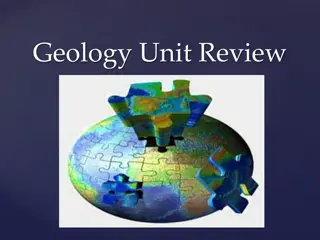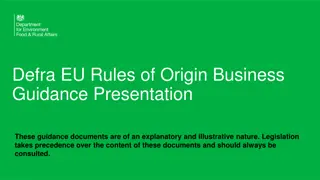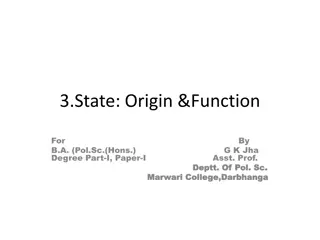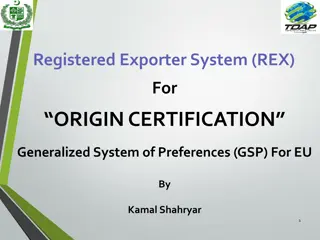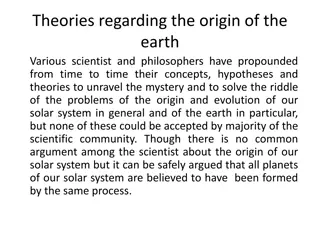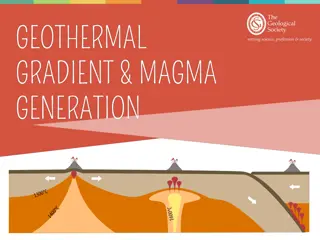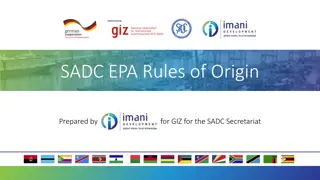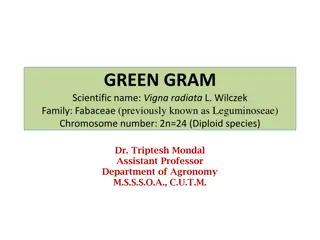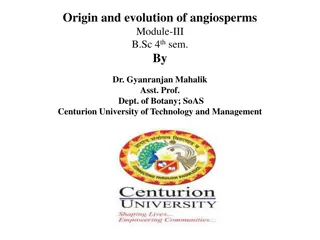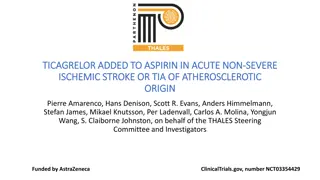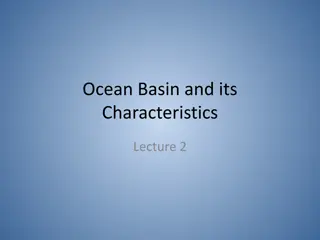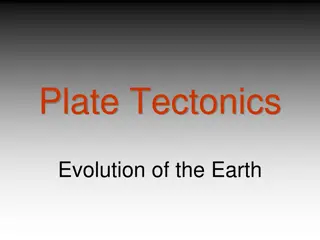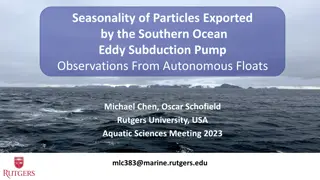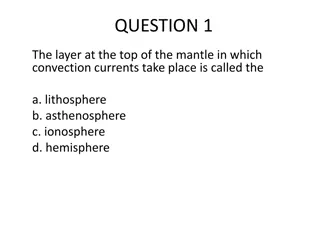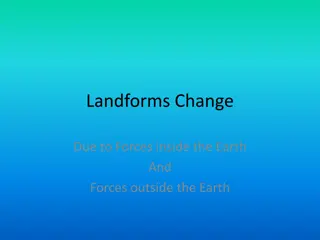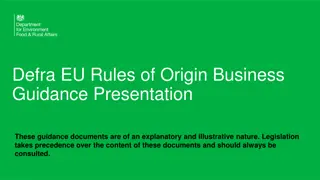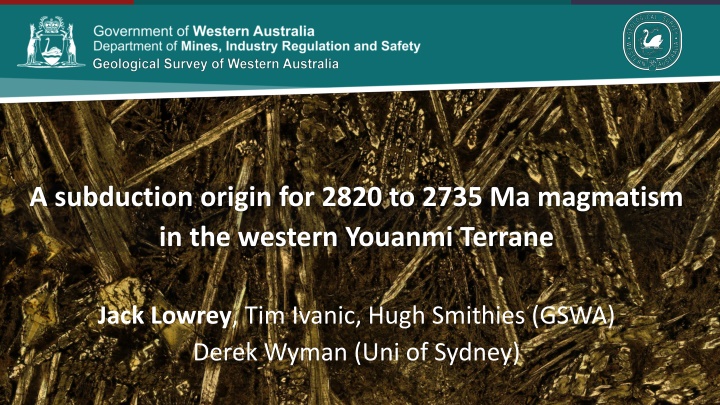
Geochemical Study of Archean Magmatism in Western Youanmi Terrane
Investigating magmatism in the Western Youanmi Terrane from 2820 to 2735 Ma, this study reevaluates the geodynamic model, suggesting a subduction origin for the observed rocks. By analyzing primitive volcanic rocks and intrusive suites, the study proposes processes like assimilation and metasomatism to explain the characteristics observed. The debate between crustal assimilation and mantle metasomatism is explored, revealing linear trends and transitions in compositions across the region.
Download Presentation

Please find below an Image/Link to download the presentation.
The content on the website is provided AS IS for your information and personal use only. It may not be sold, licensed, or shared on other websites without obtaining consent from the author. If you encounter any issues during the download, it is possible that the publisher has removed the file from their server.
You are allowed to download the files provided on this website for personal or commercial use, subject to the condition that they are used lawfully. All files are the property of their respective owners.
The content on the website is provided AS IS for your information and personal use only. It may not be sold, licensed, or shared on other websites without obtaining consent from the author.
E N D
Presentation Transcript
A subduction origin for 2820 to 2735 Ma magmatism in the western Youanmi Terrane Jack Lowrey, Tim Ivanic, Hugh Smithies (GSWA) Derek Wyman (Uni of Sydney)
Reassessment of geodynamic model Reassessment of geodynamic model Study Area: 2820 to 2735 Ma rocks in the Western Youanmi Terrane 1. Subduction-like rocks identified in Meekatharra to Cue region Not reconcilable with existing plume-only model 2. Most primitive volcanic rocks (high-Mg basalt to andesite) show a strong arc signature High-Si & Mg, decoupled LILE/HFSEs (e.g. Th/Nb) 3. These characteristics can be generated via two main magmatic processes: 1. Assimilation of felsic crust into high-MgO plume derived magmas, e.g. contaminated komatiites in Kalgoorlie Terrane (suggested by previous studies for w. Youanmi Terrane) 2. Metasomatism of the mantle via subduction or delamination of crust (into the mantle)
Reassessment of geodynamic model Reassessment of geodynamic model Study Area: 2820 to 2735 Ma rocks in the Western Youanmi Terrane Attempts to explain subduction-like magmas within the existing mantle plume model encountered obstacles Previous studies overstated distribution of komatiites All komatiite localities were found to be high-Mg basalts with olivine cumulate zones Olivine spinifex turned out to be a previously unrecognized platy pyroxene spinifex Melting temperatures (1485 C) do not require a mantle plume Assessing the stratigraphic package as a whole 1. Majority of mafic-intermediate rocks have strong arc signature Includes boninite-like rocks, primitive (high-Mg) basalts and andesites, sanukitoids and shoshonites 2. Many coeval intrusive suites, mafic & felsic, locally contain abundant hornblende H2O a key ingredient in generating subduction zone magmas Strongly implicates metasomatism of the mantle
Crustal Assimilation or Mantle Metasomatism? Archean Felsic Crust Crustal Assimilation Linear trends between mantle and contaminant e.g. komatiites to high-Th komatiitic basalt and low- Th basalt to high-Th basalts in Kalgoorlie Terrane Metasomatised mantle Melts/liquids with constant Th/Nb ratios Mantle parallel trends equiv. modern arc array
1. 2. NNE trending regions or belts of similar compositions and ages, 350 km long, 50 km wide. Stepwise changes in arc signature (Th/Nb) and isotopic ratios towards west and upward through stratigraphic sequence Geographic trends? Transition from primitive arc to moderately evolved arc magmatism over c.85 Ma? Greater slab component? 3.
Summary 1. Apparent arc signatures can be formed by a variety of magmatic processes (incl. crustal assimilation), however, in the western Youanmi Terrane: Th/Yb-Nb/Yb and Nd isotope systematics indicate enrichment occurred in the mantle There is no field evidence in the western Youanmi Terrane for an uncontaminated parent melt that could produce primitive lavas with arc signatures and Mg-numbers >65. There is a c. 80 Ma long history of hydrous melts over broad range of chemical compositions These characteristics are more easily reconciled with metasomatised mantle origin than with a contaminated komatiite/plume origin 2. Preserved stratigraphic components are compatible with subduction origin, possibly evolving from a primitive arc setting towards a moderately evolved arc over c. 85 Ma. West Arunta Musgrave Yilgarn

